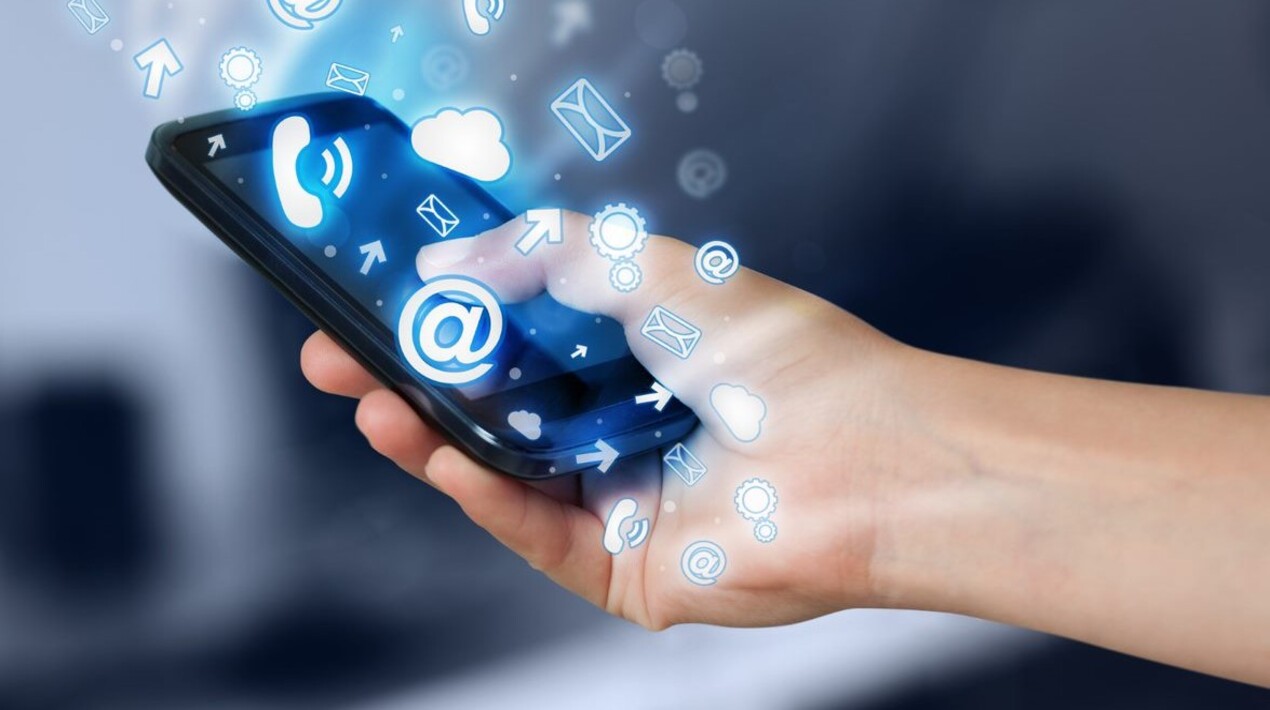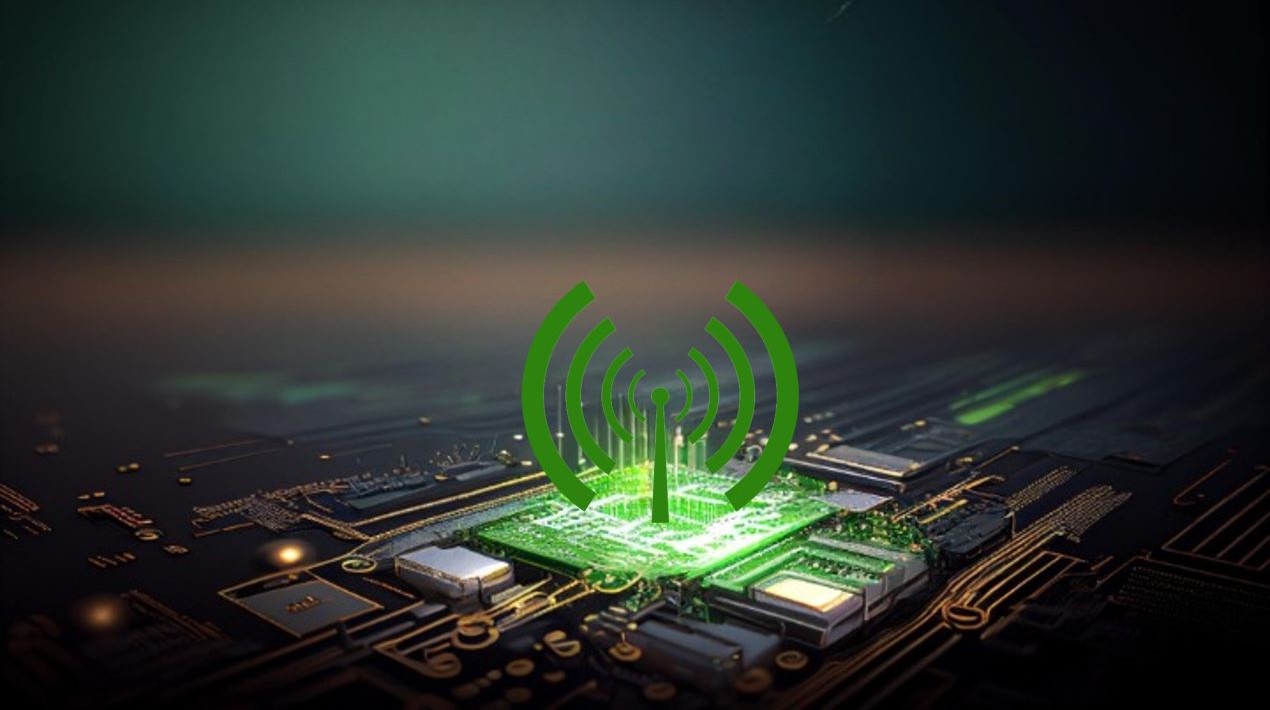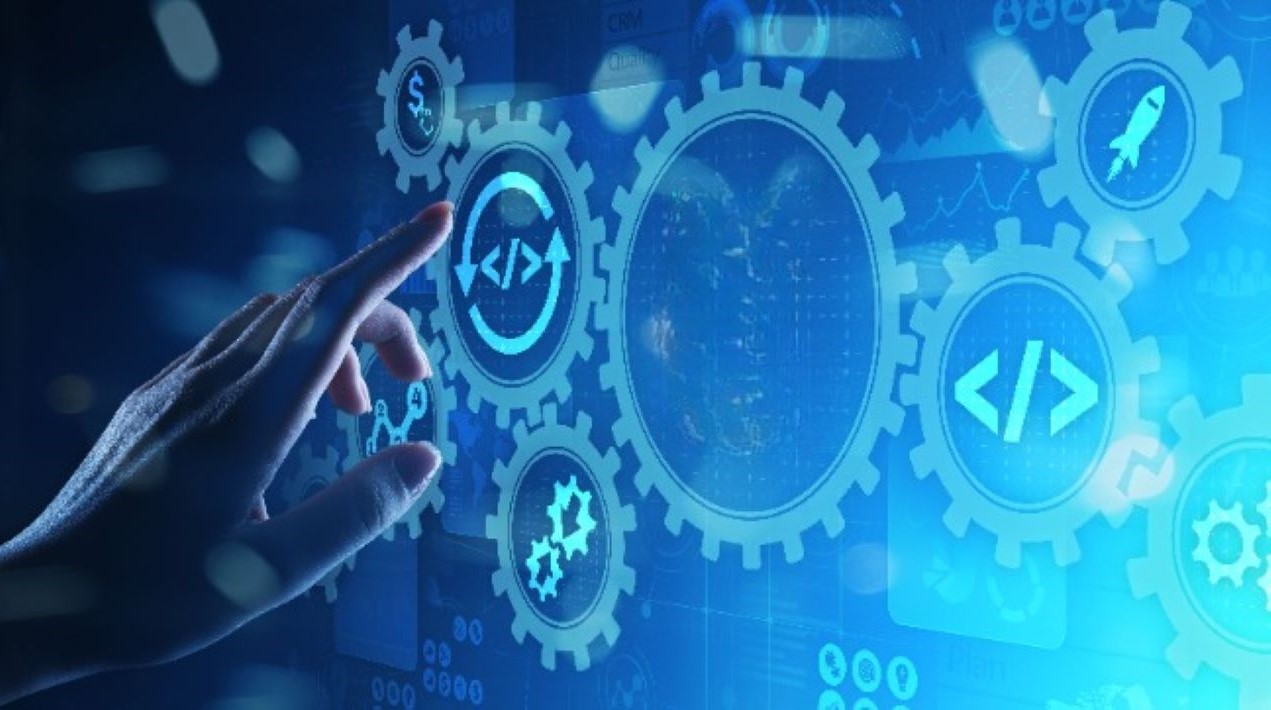
The government’s flagship programme Aadhaar is a 12-digit unique identification card that serves as proof of identity and address for Indian citizens. The adoption of the technology and usage by citizens is steady and continues to progress well, the government said in a statement.
In September, 252.5 million e-know your customer (KYC) transactions were executed via Aadhaar, almost a 7.7% jump compared to August. An e-KYC transaction is carried out only with the explicit consent of the Aadhaar holder. It eliminates physical paperwork and in-person verification requirements for KYC. Aadhaar e-KYC service is playing an increasingly crucial role in banking and non-banking financial services by promoting a more transparent customer experience, the release claimed. The total number of e-KYC transactions via Aadhaar reached 12.97 billion by the end of September.
Further, the Aadhaar Enabled Payment System (AEPS) has promoted financial inclusion on all levels. Cumulatively, 15.49 billion last mile banking transactions were carried out through AEPS and the network of micro-ATMs by the end of last month. In September alone, over 210 million number of AEPS transactions were carried out across India.
Also last month, 1.75 billion authentication transactions were carried out via Aadhaar. Most of these monthly transactions were done by using fingerprint biometric authentication, followed by demographic and OTP authentication. So far, a total of 82.5 billion authentication transactions were completed by the end of September.
Aadhaar saturation is now near universal among the adult population of India. Among all age groups, Aadhaar saturation was 93.92% by end of September. During the same month, citizens updated more than 16.2 million Aadhaar cards as against 14.6 million such updates in August.
As of the end of September, a little above 666.3 million Aadhaar numbers have been successfully updated following requests from the residents. These upgradation requests are related to demographic as well as biometric updates and are done at both physical Aadhaar centres and by using the online Aadhaar platform.
In August, nearly 2.2 billion authentication transactions were carried out via Aadhaar, a growth of more than 44% against July 2022. The majority of the monthly transaction numbers were carried out using fingerprint biometric authentication (about 1.3 billion), followed by demographic authentications, and OTP authentications. Further, as of the end of the month, a cumulative number of about 80.74 billion Aadhaar authentications were carried out, as against around 78.6 billion such authentications by the end of July.
Aadhaar has been supporting the vision of the Digital India initiative, the government has said. Launched in 2015, the Digital India initiative is a flagship programme, which aims to transform India into a digitally empowered society and knowledge economy.
Aadhaar is a digital infrastructure for e-governance and a catalyst for ease of living and ease of doing business. The digital ID is helping various ministries and departments in the centre and states to improve efficiency, transparency, and the delivery of welfare services to the targeted beneficiaries. Around 1,000 social welfare schemes in the country run by both the Centre and states have been notified to use Aadhaar.
India has a plethora of public service portals and platforms to better engagre people and offer improved citizen experiences. Bhavishya 9.0, a portal for pensioners, was developed by the Department of Pension and Pensioners’ Welfare (DoPPW) in collaboration with the State Bank of India (SBI). It incorporates various stand-alone portals from the Department of Pension and Pensioners’ Welfare, providing multiple services on a single window and will enhance the ease of living for central government pensioners.
The Ministry of Health and Family Welfare launched the Tele-Mental Health Assistance and Networking Across States (Tele-MANAS) initiative and is a response to the mental health crisis in the wake of the COVID-19 pandemic, which highlighted the urgent need to establish a digital mental health network. The round-the-clock mental health programme was launched to provide universal access to equitable, affordable, and quality mental health care through tele-services under the National Mental Health Programme.
















